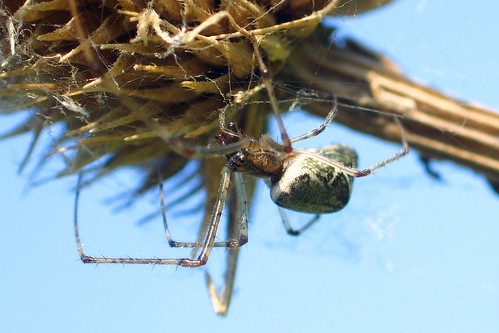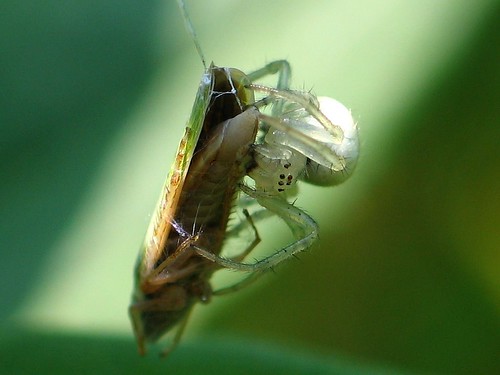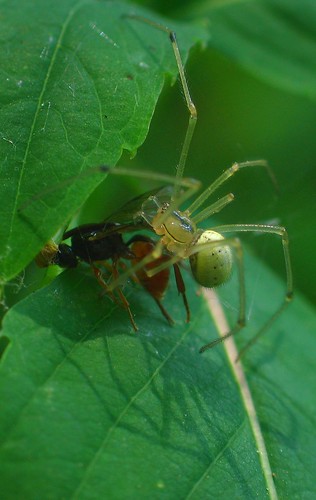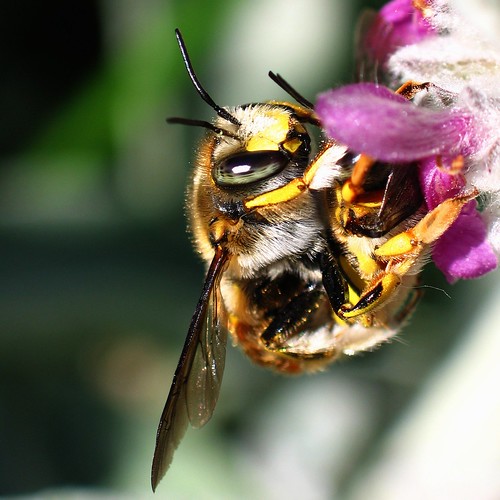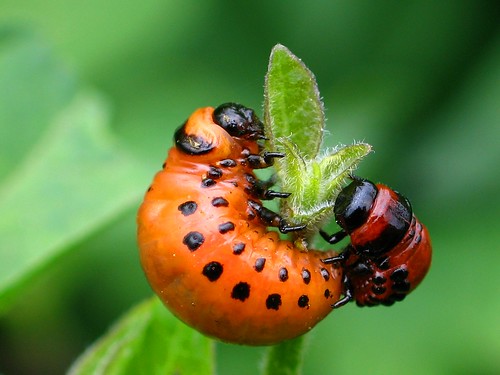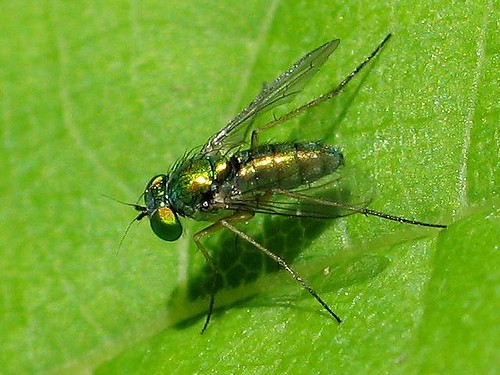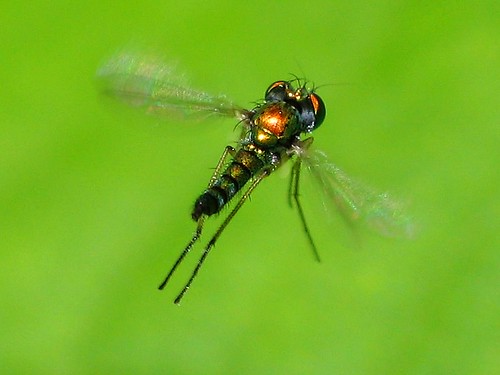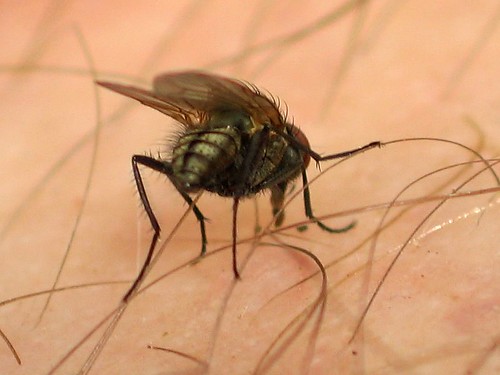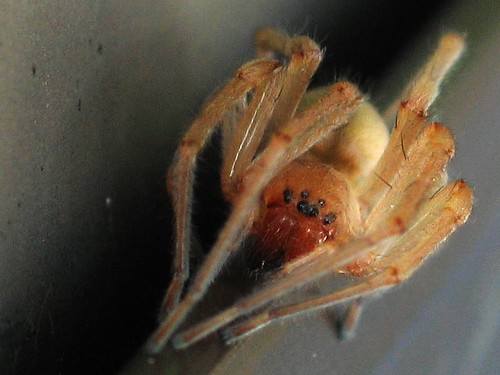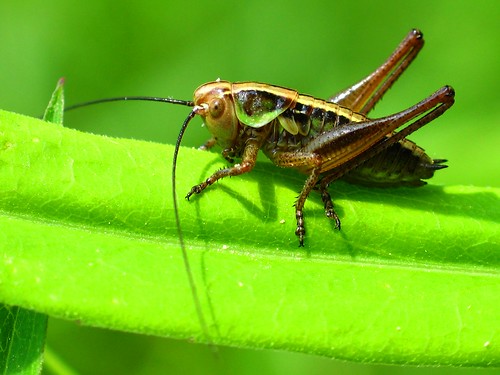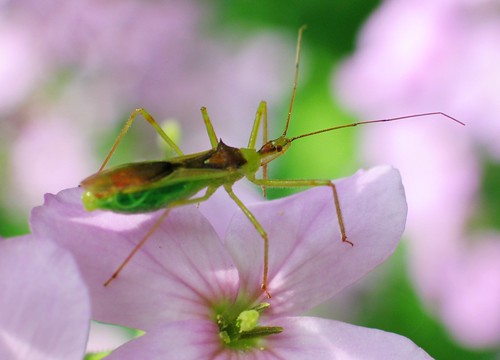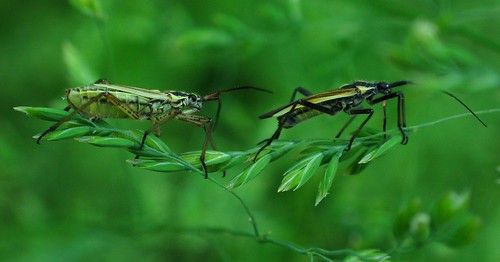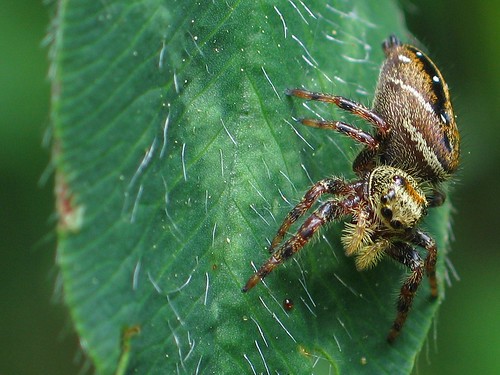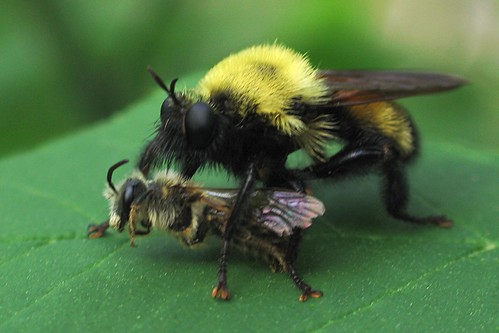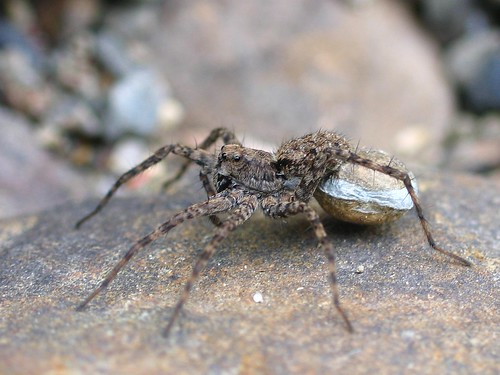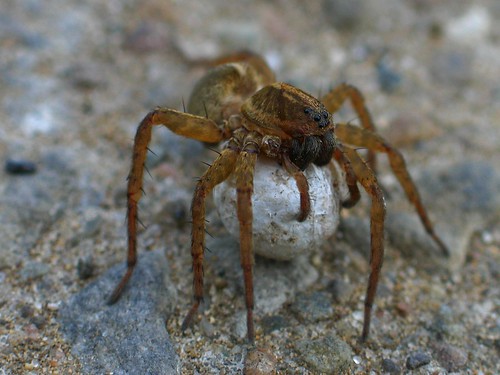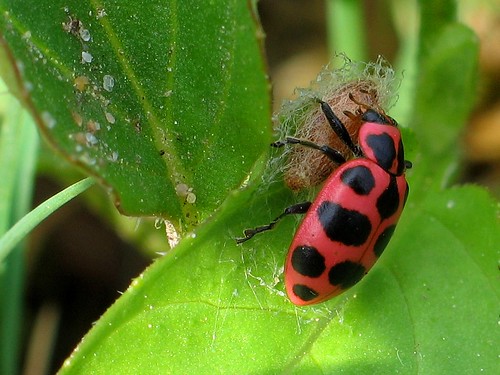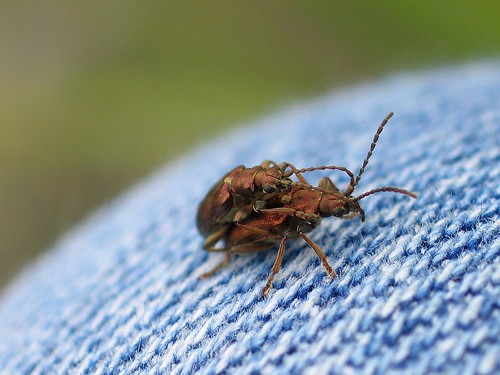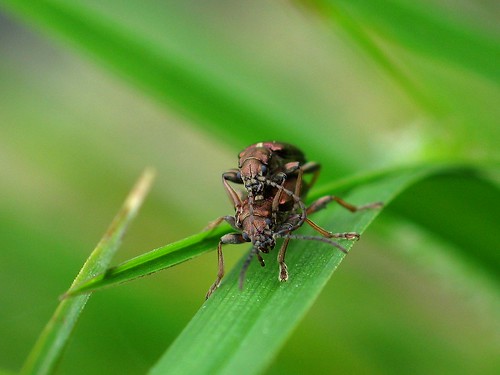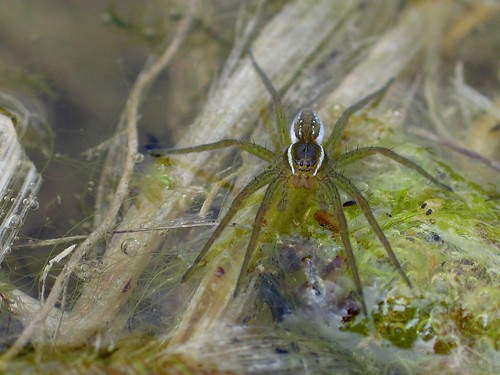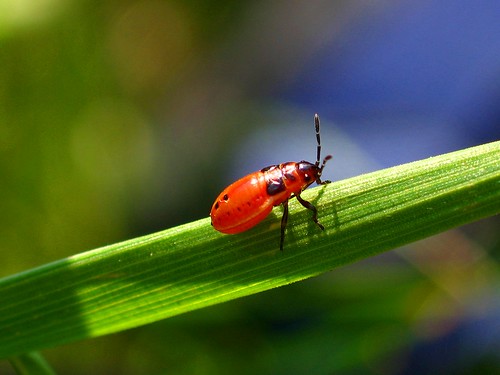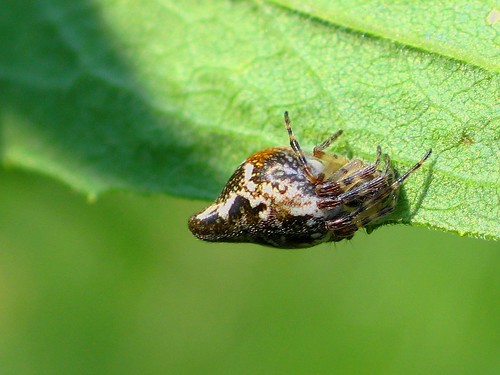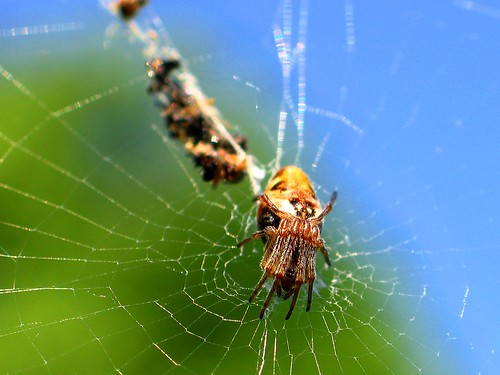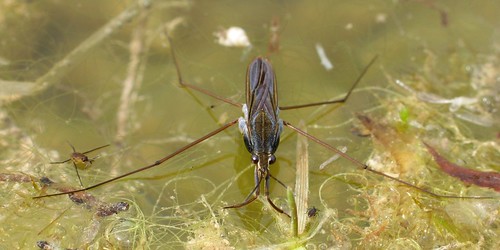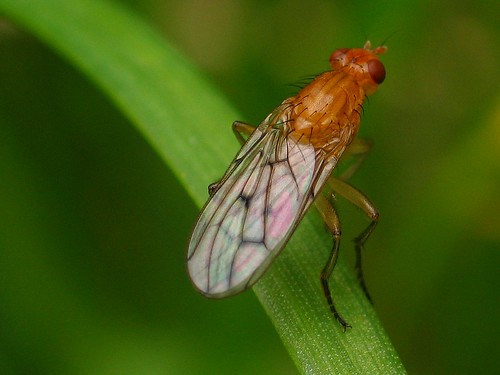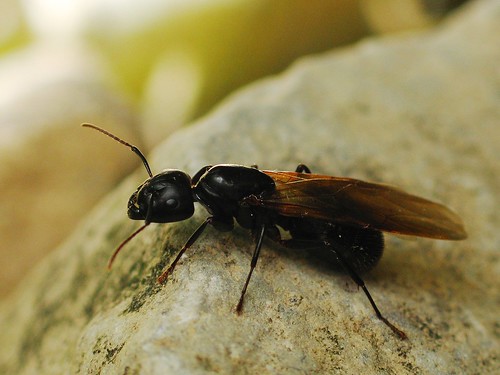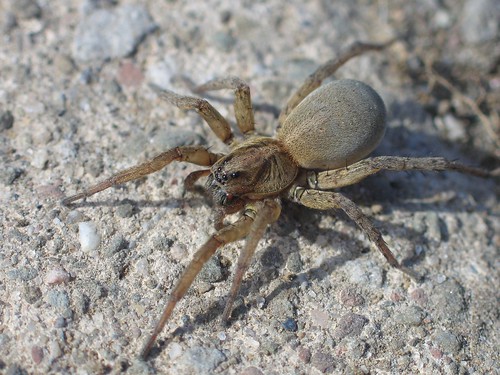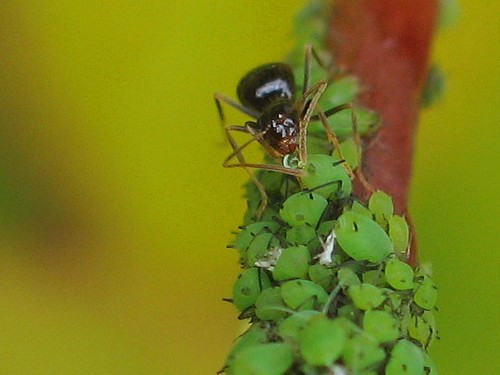
Latin name: Nymphaea odorata
This is the most popular of the Water lily photos I've posted. It is indeed balanced, with an inky black water region, a green lily pad region, an interesting browned lily pad section, and the lovely flower at the centre. The reflection of the sun above the flower is evocative as well. The flower's brightness makes a good contrast with the darkness of the water and the lily pads. From a technical standpoint, I was able to avoid glare and get reasonable sharpness of detail by holding my polarizing filter over the camera lens.
Many pictures of Water lilies I've seen are bright and well saturated throughout. I like the fact that this one has a lot of dark elements, an inky look to the water, and insect-eaten leaves. It gives the feel of the marsh, a different feel from a swimming pond or lake edge. A marsh has the feel of a messy, lively hive of activity and fermenting plant matter. A bright lily in a marsh is the sign of a momentary escape from ferment.
